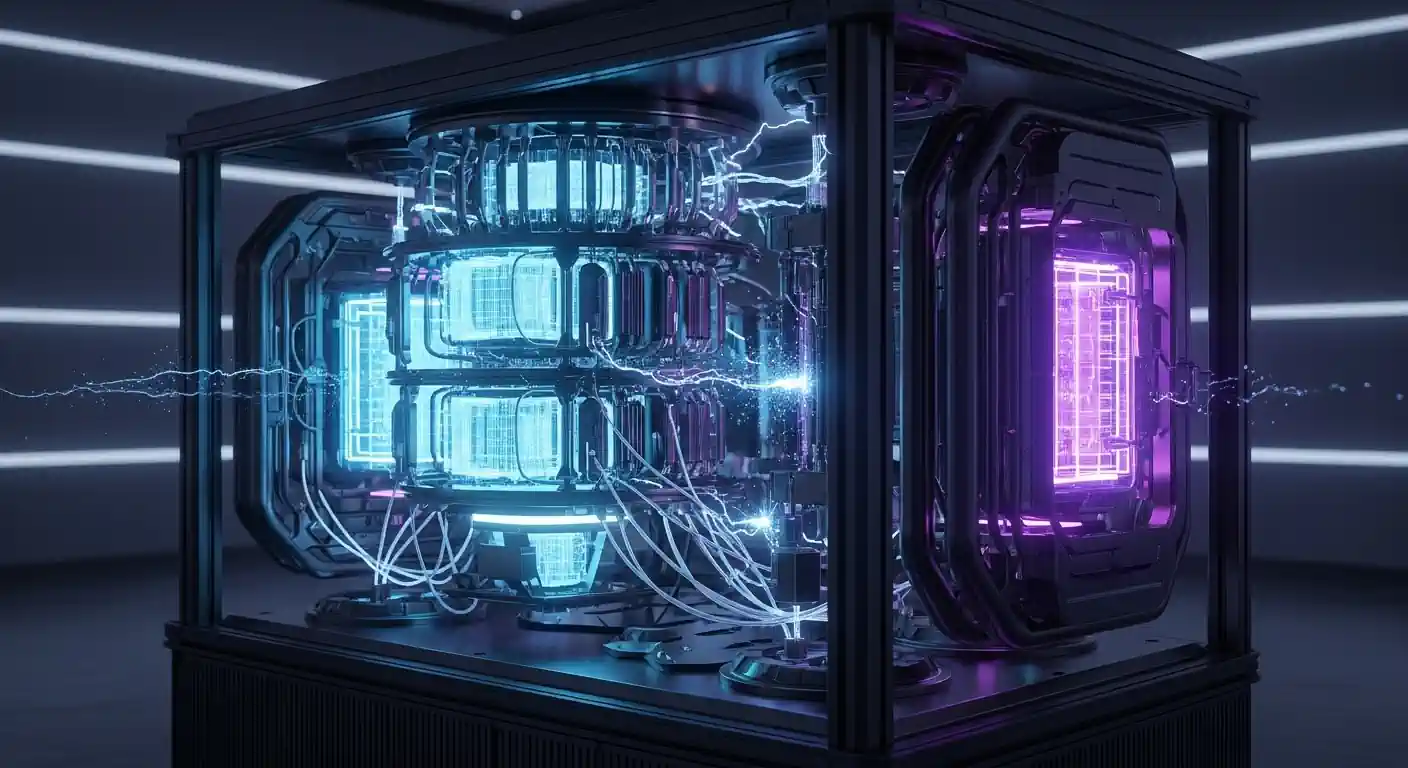Quantum Computing’s ‘Silicon Moment’: UK Firm Boots Up First Mass-Producible Quantum Computer
In a landmark achievement that could accelerate the quantum computing era, British company Quantum Motion has delivered the industry’s first full-stack quantum computer built using standard silicon chip technology. Deployed at the UK’s National Quantum Computing Centre (NQCC), the system represents a critical breakthrough, bridging the gap between experimental quantum hardware and the mass-production capabilities of the global semiconductor industry.
The Breakthrough: From Lab to Fab
This development marks a pivotal shift from exotic, difficult-to-scale materials to the same silicon CMOS (Complementary Metal-Oxide-Semiconductor) process used to manufacture the chips in smartphones and laptops. By leveraging existing fabrication infrastructure, Quantum Motion has overcome one of the biggest hurdles to commercializing quantum technology.
- Industry-Standard Silicon: The quantum processing unit is built on mass-manufacturable 300mm silicon wafers, the same used in conventional chip foundries.
- Full-Stack Solution: The system is not just a processor; it includes the quantum processing unit (QPU), a user interface, and a control stack compatible with standard software like Qiskit and Cirq.
- Data Center Ready: The entire system has a compact footprint, housed in just three 19-inch server racks, making it suitable for integration into standard data center environments.
Technical Details
The core innovation lies in creating stable qubits—the basic unit of quantum information—on silicon. While other quantum approaches rely on superconducting circuits or trapped ions, Quantum Motion’s architecture uses silicon spin-qubits, which are controlled electronically. This approach is notoriously complex but offers the ultimate promise of scale, cramming millions of qubits onto a single chip, much like transistors in a modern CPU. The system also features a breakthrough in AI machine-learning tuning, which automates control and calibration algorithms for more efficient operation.
Impact and Applications
This achievement is being hailed as “quantum computing’s silicon moment” by Quantum Motion CEO James Palles-Dimmock. By proving that a robust quantum computer can be built with scalable technology, the path to commercially useful quantum machines is significantly clearer. The potential applications are vast and transformative.
UK Science Minister Lord Vallance noted the technology could “help support healthcare with faster drug discovery or clean energy by optimising energy grids.” Industries like finance, materials science, and artificial intelligence are poised to benefit from the immense processing power that mass-produced quantum computers could unlock.
Future Outlook
With the successful installation at the NQCC, the immediate next step is rigorous testing and validation to understand how real-world applications will map onto the silicon architecture. Quantum Motion is now on a trajectory to bring commercially viable quantum computers to market within the decade. This milestone will likely intensify competition and investment in silicon-based quantum approaches, as the industry races to build fault-tolerant machines capable of solving problems beyond the reach of even the most powerful supercomputers today.
The delivery of this system is a powerful demonstration that the quantum future may be built on the foundations of the computing industry’s past and present. By leveraging the multi-trillion-dollar semiconductor industry, the timeline for quantum advantage may have just gotten significantly shorter.
